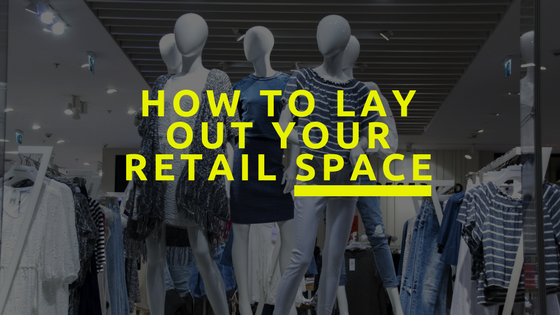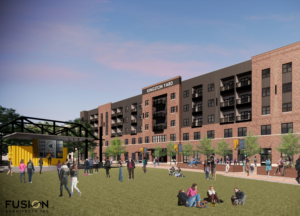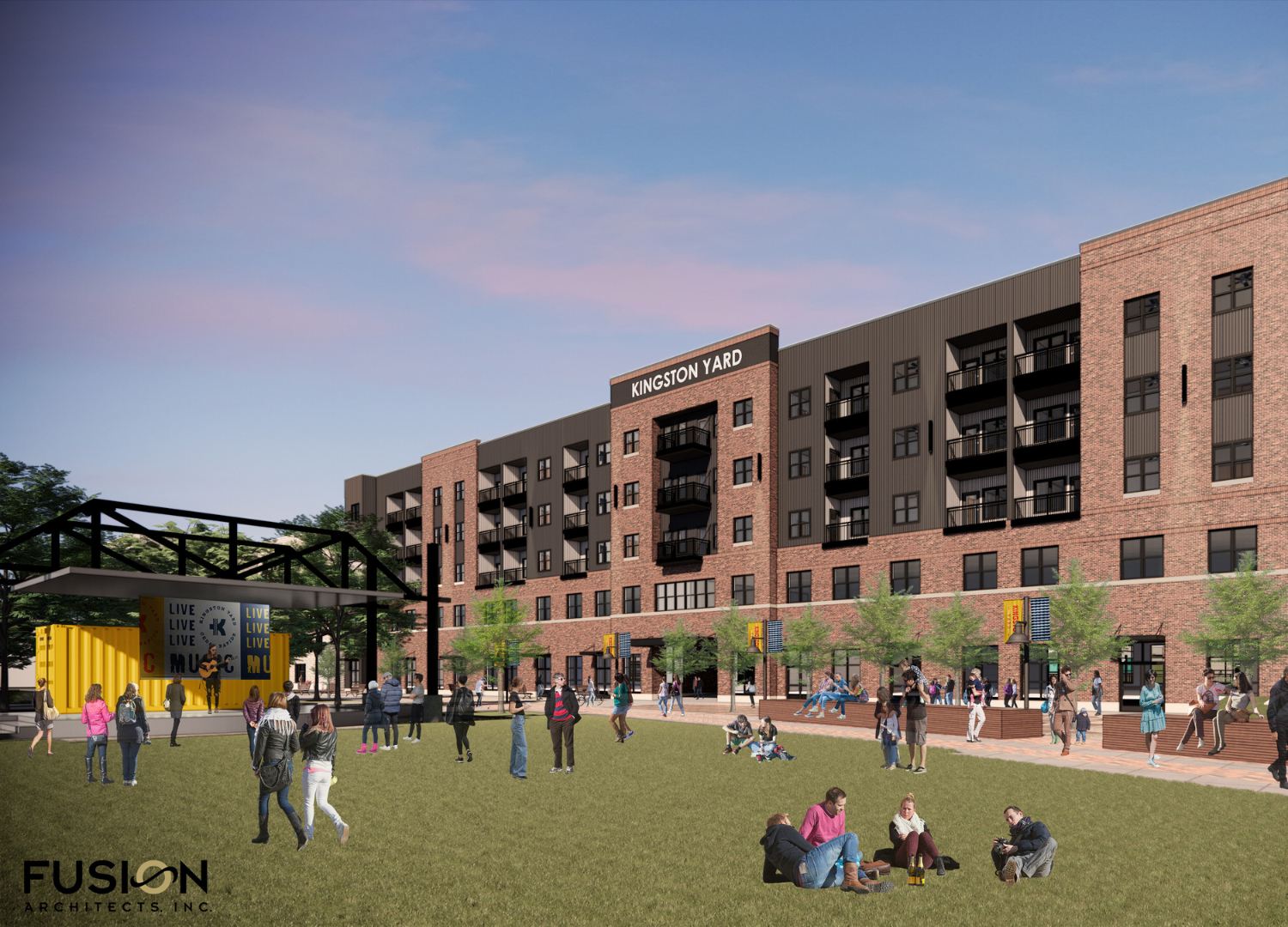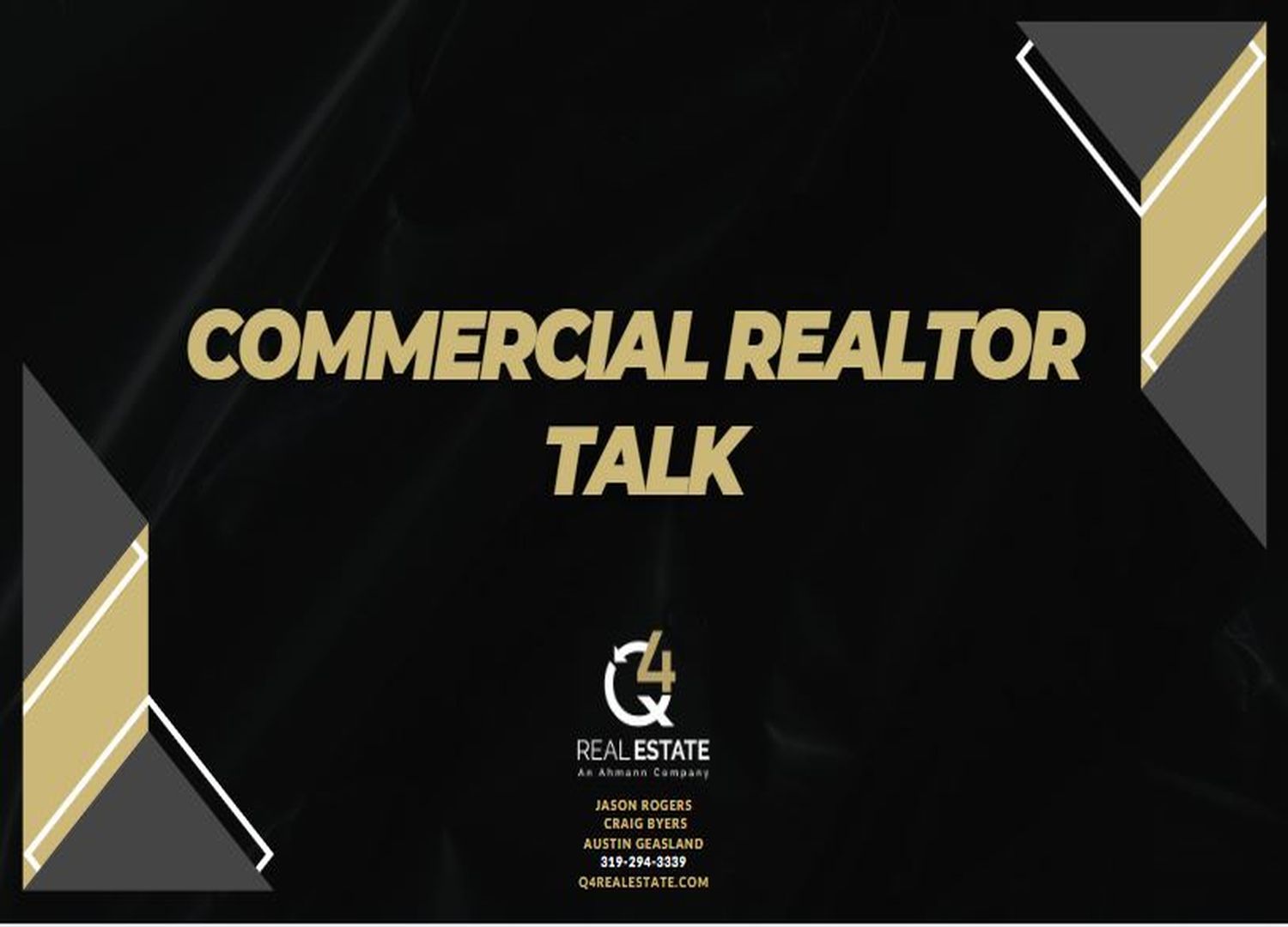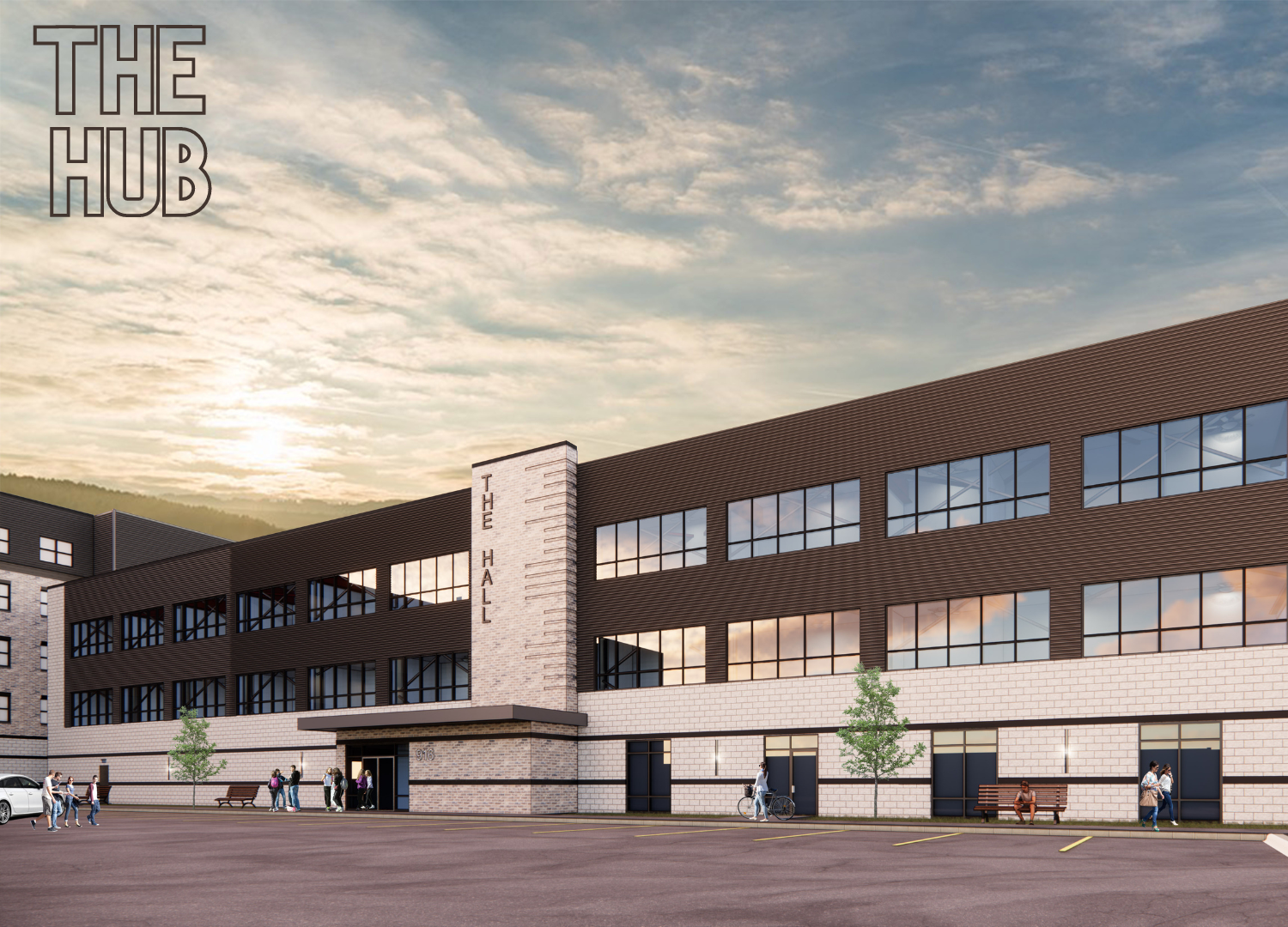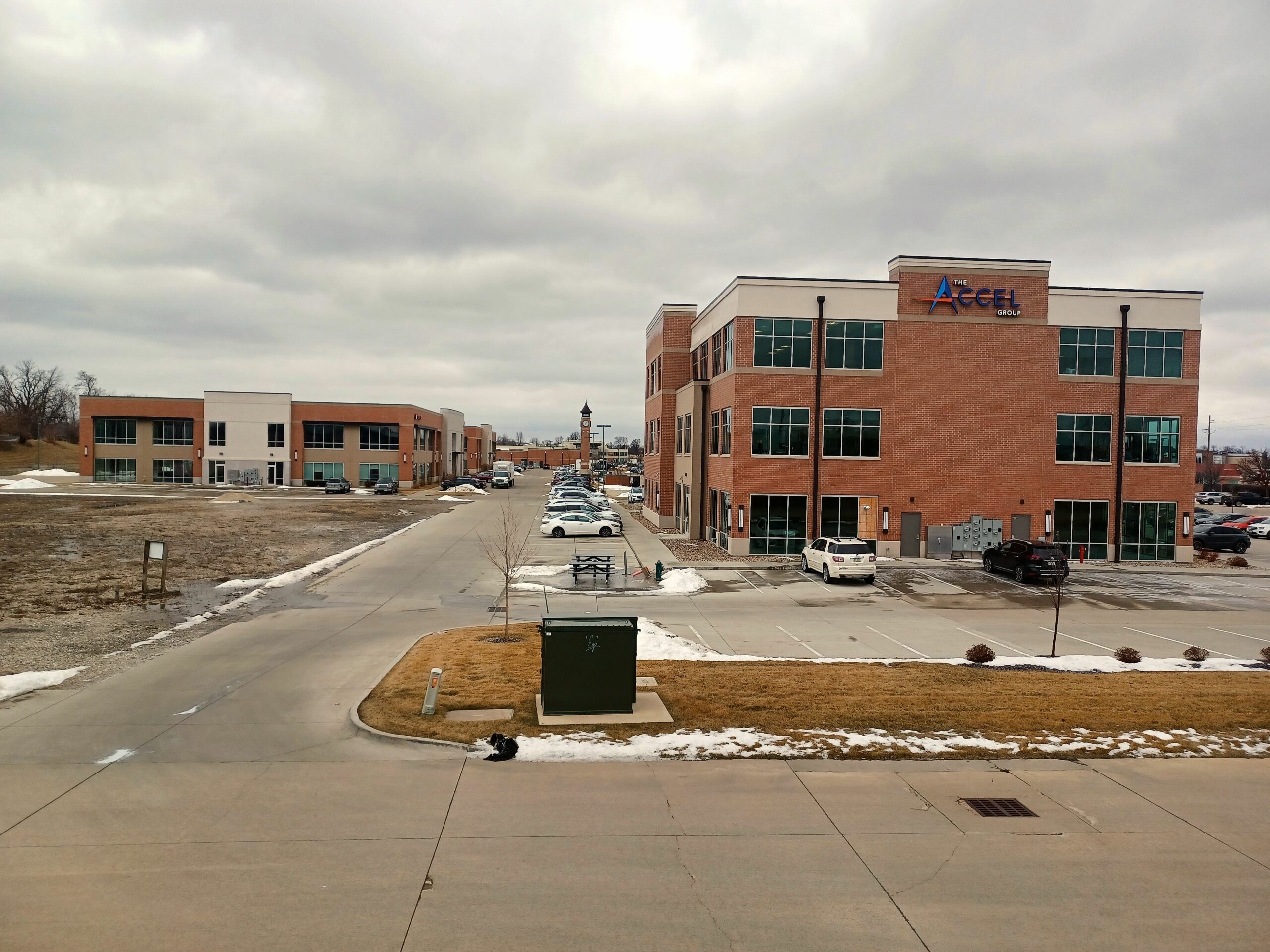How to Lay Out Your Commercial Retail Space
A good floor plan is vital to the success of your retail business. The layout should welcome customers into your store, guide them through your offerings and smoothly usher them to the checkout area. Maximize the value of your floor plan with these tips.
Put yourself in the customer’s shoes. What is the first thing they’ll spot as they walk through the door? That first 5-15 feet of space is called the “decompression zone” and it’s where customers transition from the outside world into your store. The decompression zone is where new customers form their first impressions about your store, like how expensive things are likely to be and what kind of vibe your store gives off based on your lighting, color selection and displays are. People typically don’t notice signage, displays or products placed in this zone because they’re still transitioning out of outside mode, so don’t put your best wares there. Instead, focus on creating a welcoming atmosphere – you can only make a first impression once.
Pay attention to the power wall. Studies have shown that roughly 90% of customers turn right after entering a store, so your best products should be arranged to the right of the entrance. The first wall customers see is often referred to as the power wall because of the outsized impression it makes on behalf of the merchandise placed on it. Fill that wall with enticing displays, such as limited seasonal products, attractive sales or your most popular or profitable products.
Chart a journey. Most stores implement a circular path to lead customers to the back of the store and then back to the front again, as this ensures maximum exposure to a variety of products. You already know that people are likely to turn to the right, so start on the right side of the store and determine how you can arrange displays, carts and different flooring textures or colors to guide people through the store. Use end caps or other eye-catching displays to mark points on the path, encouraging people to keep meandering down the path and browsing as they go.
Don’t forget speed bumps. Having a path through the store is important, but you don’t want people to travel it too quickly – that lessens the chances that they’ll buy something. Strategically placed merchandise outposts with special or seasonal products create a visual break along the path and encourage people to slow their pace. Change the products displayed in your speed bumps frequently so that people who visit regularly always have something new to stop and look at.
Find a logical location for checkout. Since most people turn right upon entering the store, the left side is the most likely landing place for your checkout area and point of sale technology, but the most important thing is to place this area on the same path that people take through your store so that traffic flows naturally to the checkout. If you have a small staff, make sure the checkout counter is placed somewhere that gives you clean lines of sight all over the store for loss prevention purposes. Additionally, the value of the classic impulse item display can’t be underestimated – consider putting a few popular products close by so people can grab them at the last minute.
Take the time to map your store correctly – it could be the make-or-break factor in setting you on the path to success. The best layout for your store is the one that shows off what you’ve got to offer, delivers comfort and ease of shopping for customers, and most importantly, brings in profits.

